Berlin Wall Memorial
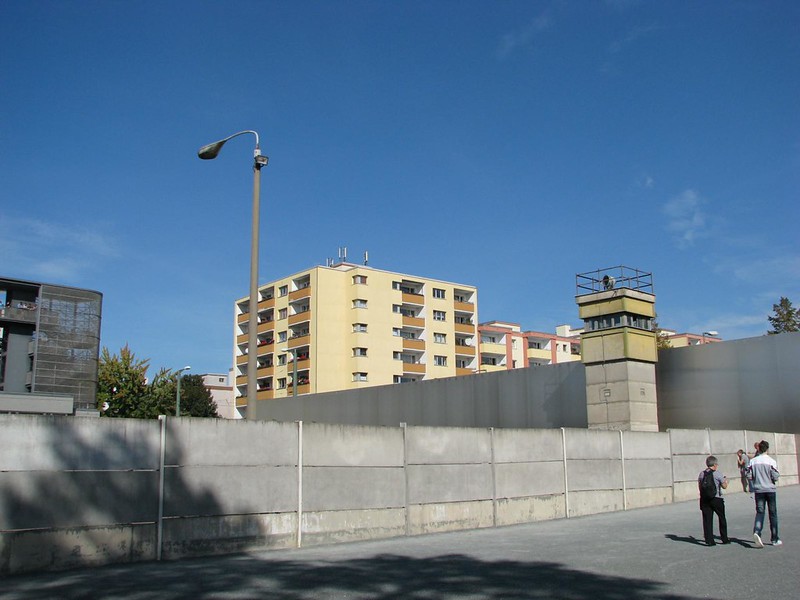
The Berlin Wall is the iconic symbol of Berlin and Cold War history. Post WWII, Germany was split into East and West. In 1952 the border closed between the two countries. Berlin split between Soviet East Berlin with the US, France and Britain administered West Berlin. That left Berlin as the main place to cross between East and West Germany. By 1961, 3.5 million, mostly young end educated Germans had fled to the west.
Overnight in 1961, the East German government moved to isolate West Berlin with a barbed wire fence. This quickly grew into a more permanent wall that surrounded West Berlin leaving it an island inside East Germany. By the 1970’s that had evolved into a wide structure involving walls, towers, guard dogs and wire fences all designed to stop East acGerman escapes. In the late 80’s the East German government weakened and struggled to control its borders. On the 9th of November 1989, large East German crowds gathered and demanded to be let across the border. This marked the fall of the Berlin Wall.
The Berlin Wall Memorial on Bernauer Straße provides a unique insight into life on both sides of the wall. As the wall was built, residents of Bernauer Straße attempted to flee to the West. Eventually the street was emptied and the buildings abandoned. Today the memorial tells the story of those people and the history of the wall. Opposite is a complete section of wall with guard towers, foritications and the section inbetween known as the death strip. The memorial provides an incredible insight into the time when Berlin was the center of tensions between the East and West.
DDR Museum
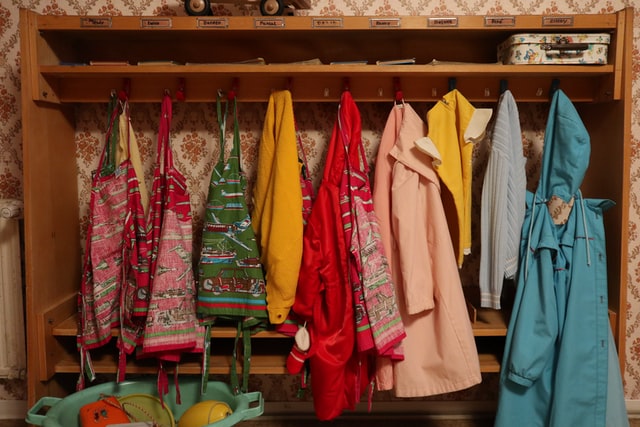
The Deutsche Demokratische Republik or DDR was the East German state and the DDR museum gives a fascinating insight into life at that time. The museum covers every aspect of East German life from state surveillance through to every day basics such as entertainment, shopping and housing. There’s autentic recreations of East German life which provide a unique perspective.
Stasi Museum
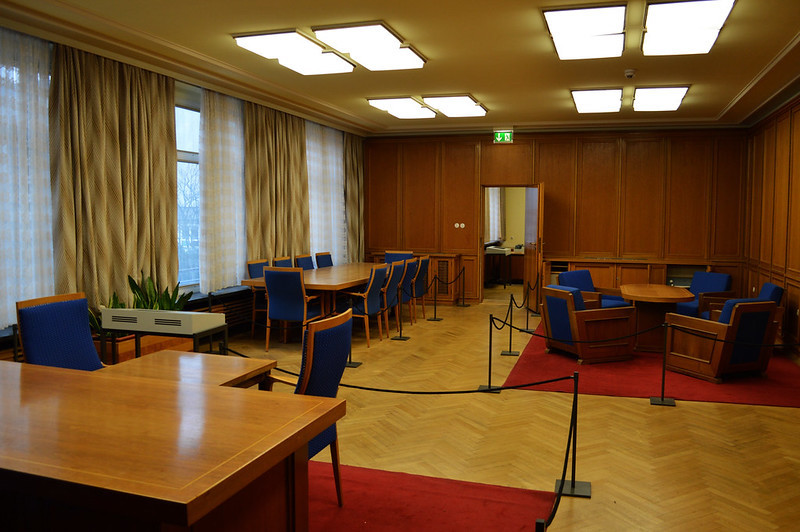
Photo Credit: Tobias Nordhausen
The Stasi was the intelligence service of East Germany with worked ruthlessly to suppress political dissent and spy on its own citizens. At it’s height the Stasi operated over 170,000 agents and had infiltrated every aspect of East German life.
Situated around ten minutes away from central Berlin, the museum sits in an anonymous set of buildings which were the heart of the Stasi intelligence service. These buildings were taken over by demonstrators in 1990 as the East German regime crumbled. It’s through their efforts that a the information and records surrounding Stasi activity was preserved and provides such a unique insight into this period in German history. At the center of the exhibition are the offices of Erich Mielke, head of the Stasi and provide a unqiue step back in history.
Tränenpalast (Palace of Tears)
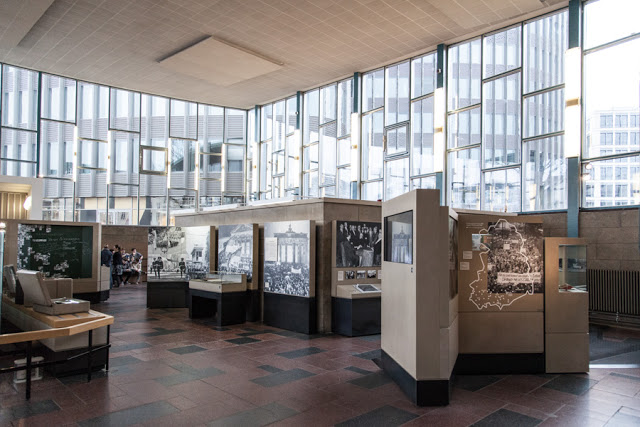
Photo Credit: Dario-Jacopo Lagana
Next to Friedrichstraße station is one of the crossing points between East and West Berlin using the S-Bahn and U-Bahn. Just outside the station was a border checkpoint which was as far as East Berliners could travel making it point that friends and families separated when those who were allowed crossed to West Berlin. Hence the name Palace of Tears.
Today the hall serves as a museum with authentic booths where officials checked passports and documents. Throughout the museum are really stories of individuals as well as examples of western consuner goods that crossed the border. The hall gives a real sense of how families might have been just kilometres apart but remained very separated.
Checkpoint Charlie
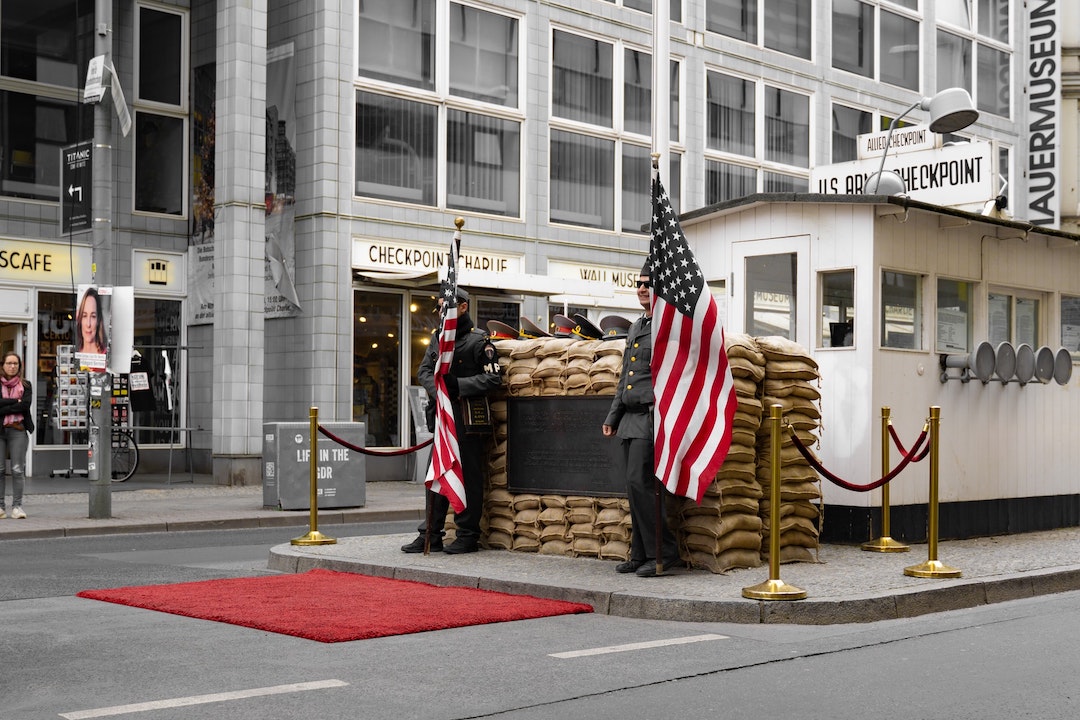
Checkpoint Charlie was one of three and perhaps the best known crossing point between East and West Berlin. It was the only location where members of the Allied Forces could cross to East Berlin.
Its history has seen many standoffs including US and Soviet tanks facing each other in 1961. In 1962, East German teenager Peter Fechter attempted to flee East Berlin. He was shot and wounded metres from the border. Guards from both sides were nervous about approaching to provide help leading to his death.
Today the guard hut is a replica of the one which used to stand there and an iconic Berlin photo spot. Nearby a museum tells the story of the wall.
Brandenburg Gate
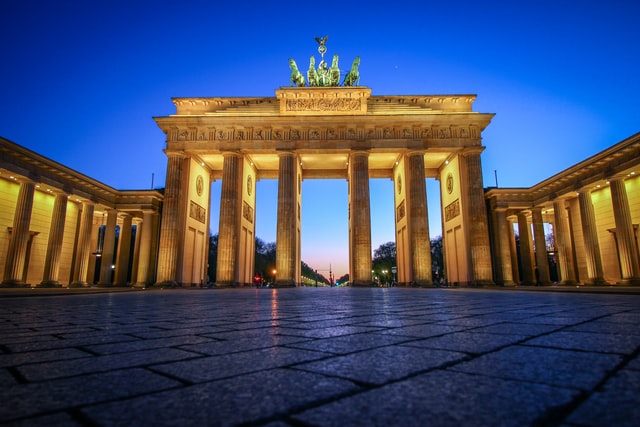
The Brandenburg Gate originated as a gate to levy tax on goods in the 1730’s before being rebuilt in its current form. The gate survived a lot of the damage that WWII brought to the surrounding area and fell into the Soviet area of control when the city divided. The gate was open for travel between East and West until the creation of the Berlin Wall in 1961.
The gate has been the focus of many historic events including US President Reagan’s speech imploring Soviet leader Gorbachev to, “tear down this wall!”. In 1990 the gate was the focus of the ceremony marking the reunification of Germany.
Fernsehturm (TV Tower)
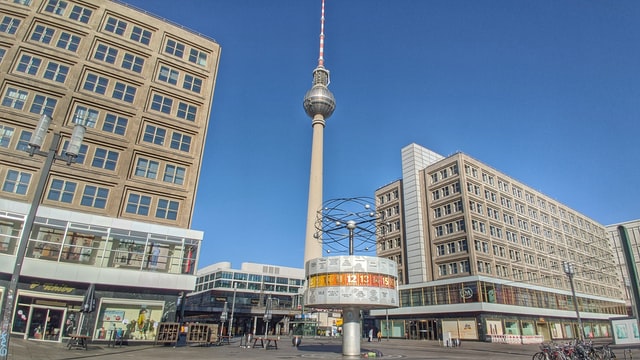
Originating from a plan to improve TV coverage, the Fernsehturm has become an iconic landmark on the Berlin skyline. In the 1950’s the East German government needed to find a way to cover Berlin with TV reception. The plan resulted in a single large transmitter in central Berlin. By the 1960’s when work began, that plan had changed into a status project for the East German state. Standing at 368 metres or 1,207 feet tall, the sphere at the top of the tower is a nod to Sputnik, the first artificial satellite and hints at the space race of that era. The tower survived calls for it to be demolished during German reunification.
Today the tower features a viewing platform where it’s possible to see all of Berlin and on a clear day the surrounding region. The sphere also has a bar and restaurant where there’s a real sense of being in the same space the East German elite would have gathered in decades past.
